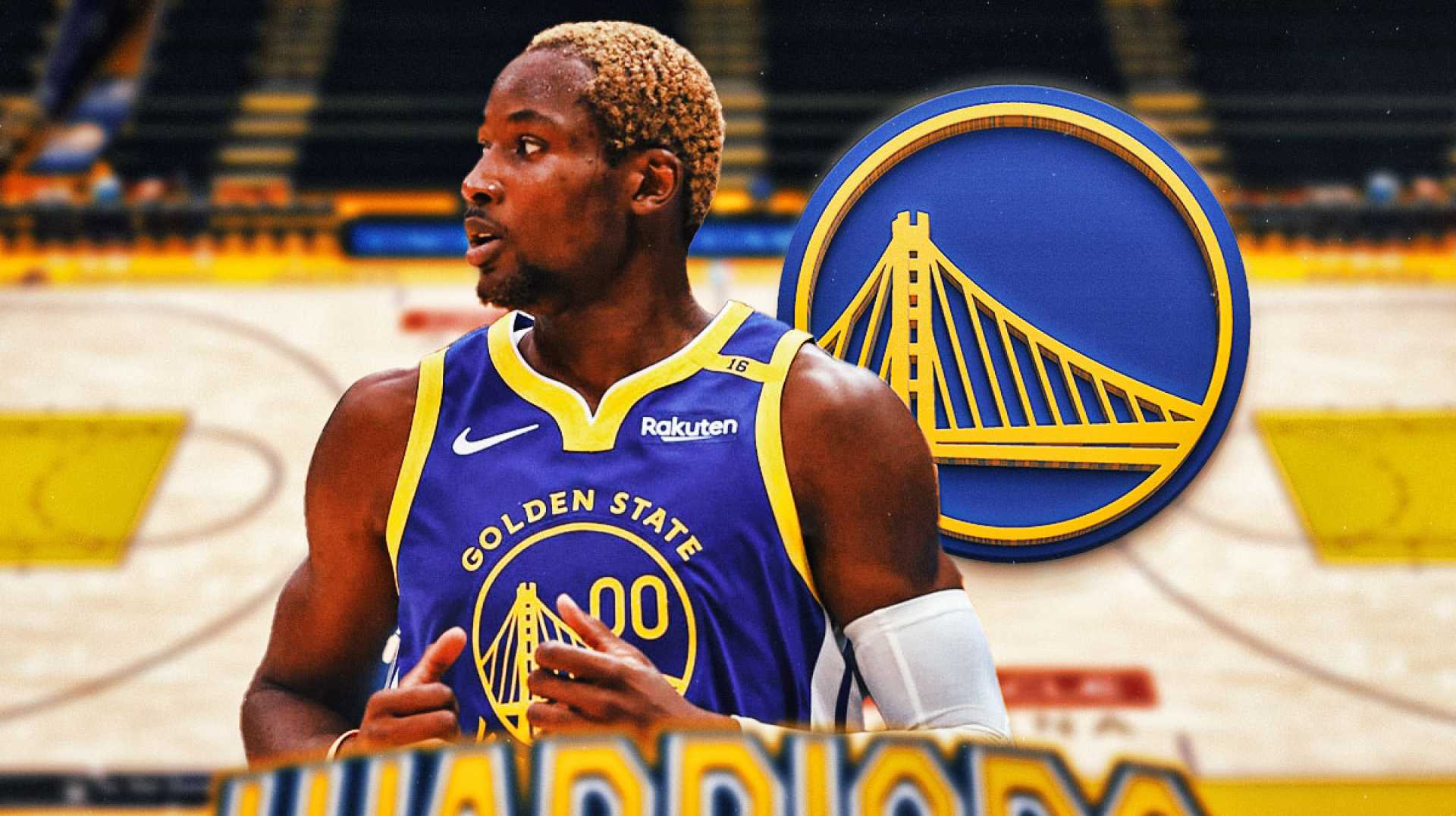Sports
Jonathan Kuminga’s Contract Standoff with Warriors Sparks Trade Speculation and Future Uncertainty

The Golden State Warriors and Jonathan Kuminga have failed to reach an agreement on a rookie-scale contract extension, setting the stage for the 22-year-old forward to become a restricted free agent next summer. Kuminga, the No. 7 overall pick in the 2021 NBA Draft, had been seeking a full max contract worth around $224 million, similar to deals secured by his peers such as Cade Cunningham and Scottie Barnes.
The negotiations between Kuminga and the Warriors were described as being “never close” by ESPN‘s Brian Windhorst, with Golden State unwilling to offer more than $30 million per season. This significant gap in valuation has led to speculation about Kuminga’s future with the team. Despite past tensions between Kuminga and head coach Steve Kerr, both Kerr and Warriors general manager Mike Dunleavy Jr. have expressed their continued belief in Kuminga’s potential and their desire to keep him with the team long-term.
One potential solution to this impasse is a trade, with the Cleveland Cavaliers emerging as a possible destination. A proposed trade involving Kuminga and Cleveland’s Jarrett Allen has been discussed, which could benefit both teams. For the Warriors, acquiring Allen would provide an elite rim protector to complement Draymond Green, while the Cavaliers would gain a young, athletic wing in Kuminga to pair with Donovan Mitchell and Darius Garland. This trade would also give Cleveland an extra four years of developmental time with Kuminga, who is four years younger than Allen.
Kuminga’s performance this season will be crucial in determining his future. If he takes a significant leap, it could justify a max contract next summer. However, if he plateaus, the market value for him may adjust accordingly. The Warriors are in a position to match any offer sheet Kuminga might receive as a restricted free agent, but they must weigh the risks of overpaying against the potential benefits of retaining a talented young player.












